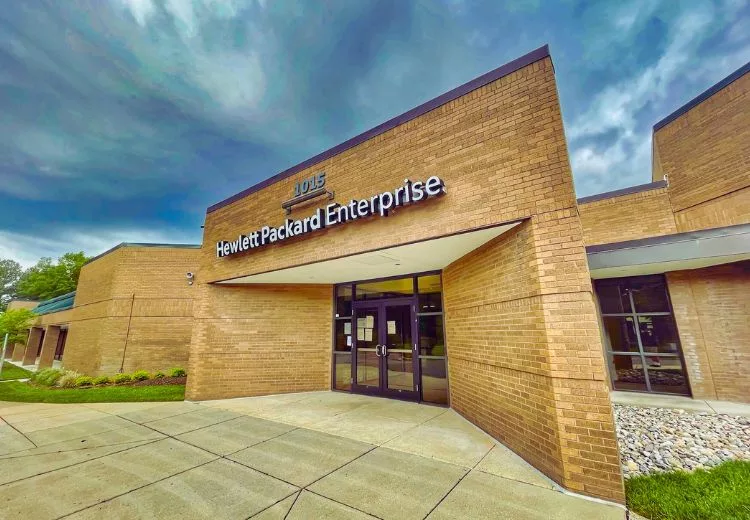At the forefront of the technology scene at the Ryder Cup, two key connectivity solutions take centre stage. First and foremost, the event showcases the power of private 5G, a technology infused with solutions from Athonet, a company that HPE acquired in February of this year. This strategic acquisition marked HPE’s foray into the realm of private cellular networking.
Rewind to June, when the deal was sealed, and Tom Craig, the general manager of HPE’s communications technology group, enthusiastically hailed private 5G as “undoubtedly the most thrilling enterprise application for 5G.” He went on to assert that its fusion with Wi-Fi embodies “the future of enterprise technology.”
Craig’s unwavering excitement brings us to another crucial piece of the connectivity puzzle at the Ryder Cup—Wi-Fi. This network infrastructure is provided by Aruba, an entity that HPE had acquired some time ago. Wi-Fi serves as the primary conduit for connectivity during the tournament, with HPE strategically installing over 800 access points (APs) across the sprawling 370-acre course in the vicinity of Rome, Italy. These APs adhere to the latest Wi-Fi standards, Wi-Fi 6 and Wi-Fi 6E, catering not only to spectators but also to organizers, sponsors, and even participants.
For ardent golf enthusiasts who venture to the farthest corners of the course yet desire real-time score updates, or for staff members who require continuous communication, a 5G cell site has been strategically positioned in a central location. This cell site serves as the backbone for solar-powered Wi-Fi APs deployed in more remote sections of the venue.
Recommended: The Impact of 5G Technology on Cars
Remarkably, this specific cell site harnesses the power of Athonet’s portable and compact private cellular solution, aptly named Tactical Cube. It operates on a dedicated portion of the 3.8-GHz spectrum, temporarily reserved for private usage exclusively during the Ryder Cup.
Phil Mottram, EVP and GM of HPE Aruba Networking, highlighted the significance of this technological fusion, stating, “When we announced our acquisition of Athonet earlier this year, our goal was to become the global leader in private 5G solutions, and the Ryder Cup is a perfect opportunity to showcase how our Wi-Fi and private 5G innovations work together to achieve that goal.” He emphasized that this event serves as an ideal platform to demonstrate the seamless integration of private 5G and Wi-Fi in a challenging environment. Private 5G extends its reach and reliability for operational staff, while Wi-Fi 6E ensures high-capacity connectivity for the thousands of fans assembled in critical areas.
As many would concur, one of the most vexing aspects of public Wi-Fi networks is the cumbersome sign-up process, often followed by sluggish performance due to network congestion. This frustration leads some to regret not sticking with cellular data. However, at an event as grand as the Ryder Cup, where a quarter of a million attendees are expected, HPE is under immense pressure to dispel such scepticism and deliver a pop-up network that functions seamlessly. Ironically, for a golf tournament, subpar performance in the connectivity department is simply not an option.










